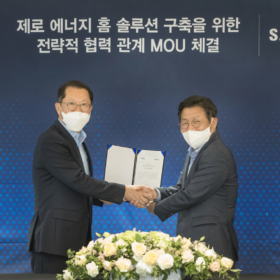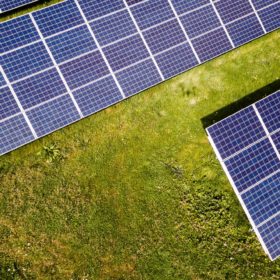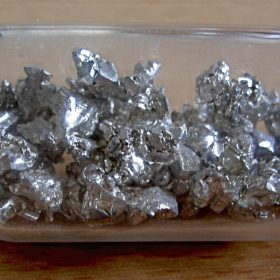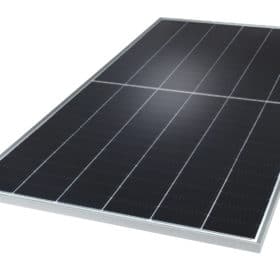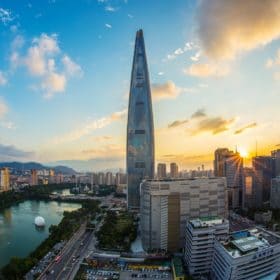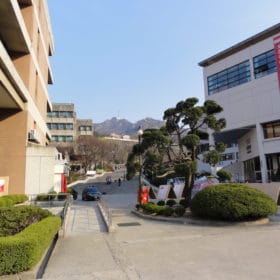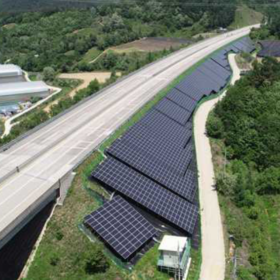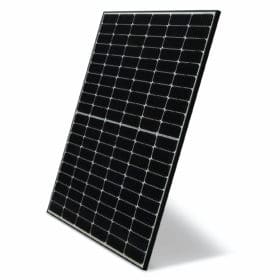Q Cells, Samsung sign ‘zero energy home’ partnership
Q Cells and Samsung have agreed to combine their hardware and software platforms to develop ‘zero energy homes,’ with on-site energy production and use.
New renewables cheaper than legacy coal or gas for almost half the world’s population
Electricity bill payers in nations as diverse as Germany, Greece, India and China should be aware new solar projects can now generate electricity cheaper for them than legacy coal and gas-fired plants.
Cathode discovery ‘opens up new pathways’ for calcium-ion storage
Scientists in South Korea tested a new cathode material as part of a calcium-ion battery (CIB), achieving some impressive results. The material retained more than 90% of it initial capacity after 500 cycles, alongside some of the best performance results seen so far for this technology. The scientists say that this discovery opens up “an unexplored pathway toward the realization of stable and high-power cathodes in CIBs.”
South Korea deployed 1 GW of solar in Q1 2021
According to new figures by the Korean Energy Agency, South Korea seems on track to have another successful year in terms of newly deployed PV. According to local experts, however, this will not be enough to achieve the Korean government’s goal of 20% renewable generation by 2030.
Hanwha Q Cells unveils 495 W solar panel with 21.4% efficiency
The Q.Peak Duo XL-G10.3 panel is currently the largest and most powerful product manufactured by the South Korean module maker. It is based on 156 monocrystalline ‘Q.antum’ half cells and is the company’s first panel relying on M6 wafers.
South Korea kicks off 2 GW PV tender
The Korean Energy Agency has included PV projects exceeding 20 MW in size for the first time in its solar energy procurement scheme. Selected projects will be awarded a fixed rate under a 20-year contract under the country’s renewable energy certificate (REC) scheme and will sell electricity to local power distributors.
Enabling aluminum in batteries
Scientists in South Korea and the UK demonstrated a new cathode material for an aluminum-ion battery, which achieved impressive results in both specific capacity and cycle life. The material allows researchers to better take advantage of aluminum’s energy storage characteristics, and produce batteries with much higher capacity.
South Korea wants to build large-scale PV along highways
The new plan comes on top of a scheme launched in late March to deploy solar using railway infrastructure. The Korean government expects private developers will build solar plants on the highways’ idle sites for a combined capacity of 243 MW by 2025.
LG unveils 390 W n-type module
The Korean manufacturer said the NeON H solar panel is the most reliable and efficient renewable energy solution it has ever created. The new product features an efficiency of 21.2% and a temperature coefficient of -0.33% per degree Celsius,
Solar and wind together overhaul global hydro capacity
The latest set of clean energy statistics compiled by the International Renewable Energy Agency signal a changing of the guard when it comes to clean power, with legacy hydropower facilities overtaken by new intermittent renewables.
